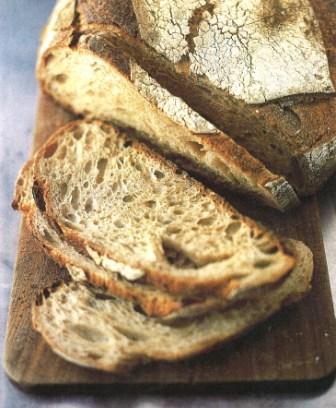Pain Au Levain Aux Et Raisin
This is my first attempt to post a blog. I have been baking bread and looking at the site for many years....here it goes.
- Log in or register to post comments
- 6 comments
- View post
- CaptainBatard's Blog
 Eric Kayser's "La Tourte de Meule"
Eric Kayser's "La Tourte de Meule"